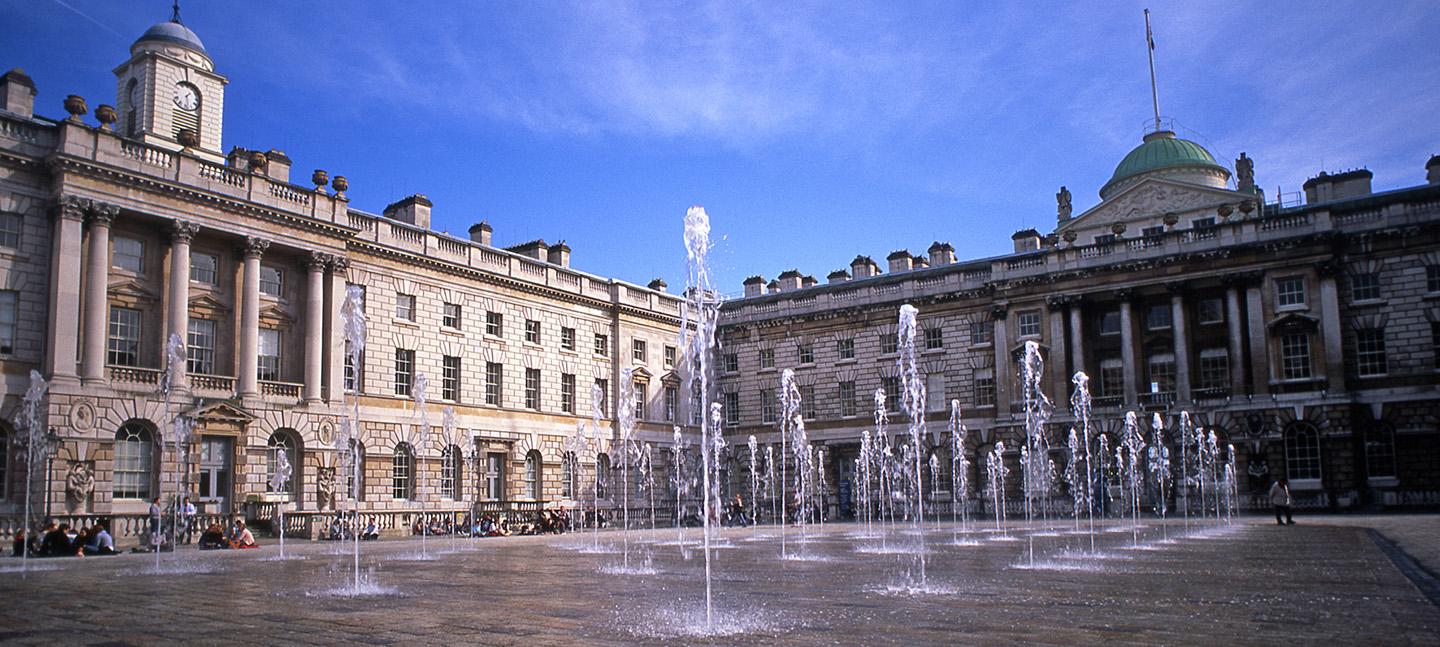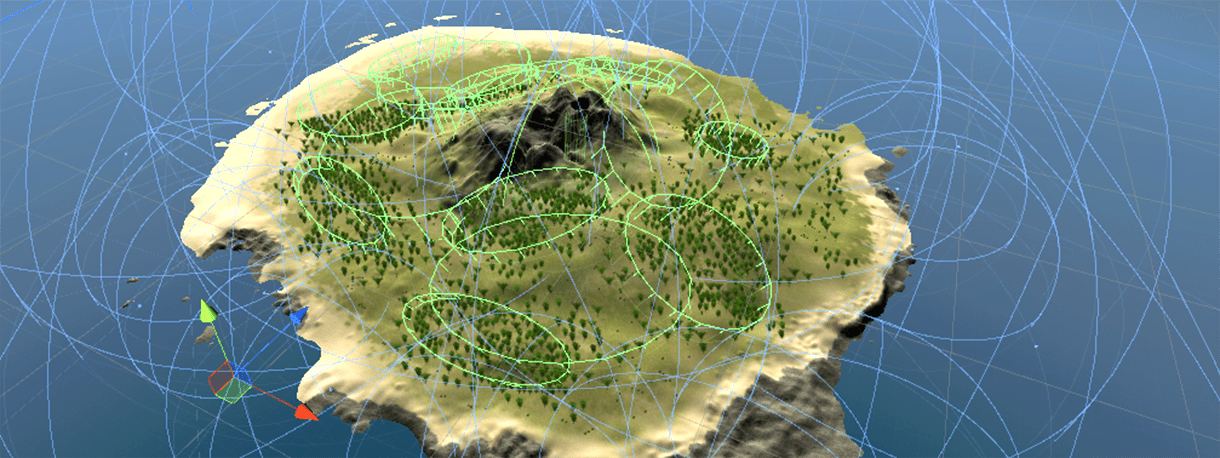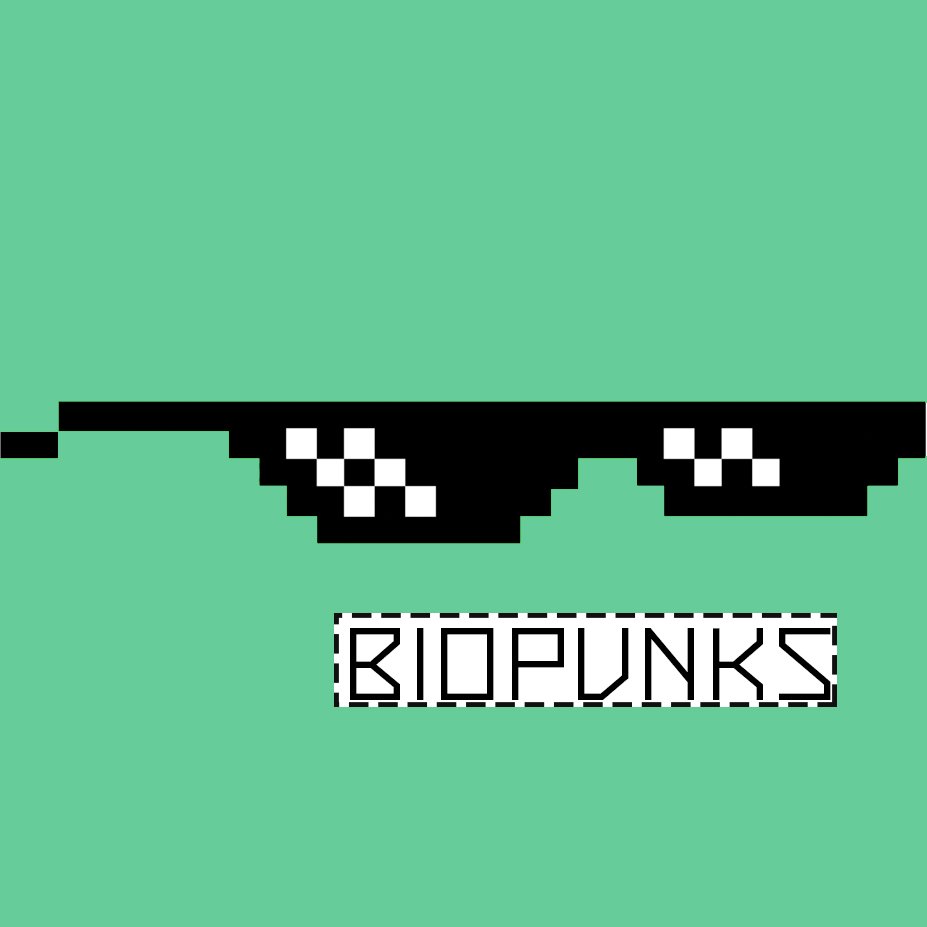Somerset House – Amplify Residency
From November 24-28, 2020 I have been invited to participate in a special 1-week online residency with other participants of the Amplify D.A.I. program hosted by Somerset House (London, UK). During the 1-week residency I will attend workshops, artist talks and present my work with other participants of the 2020 Amplify Digital Arts Initiative (D.A.I.) cohort. Amplify connects and empowers an active network of women-identifying artists and professionals working in the digital arts, sound and immersive storytelling sectors in Canada, Latin America and the UK.
ONLINE EXHIBITION PROGRAMME
DIGITAL INSTALLATIONS AND FILMS ONLINE | 24 NOV – 20 DEC
Contributing Artists: Debby Friday, Edy Fung, Erin Gee, Frances Adair Mckenzie, Heather Lander, Kathy Hinde, Libby Heaney, Lila Tirando a Violeta, Sahar Homami, Sol Rezza, Tatiana Heuman and Vicky Clarke
PERFORMANCES | 26 NOV | 19.30-23.00
Candie, GLOR1A, Obuxum, Ouri and Whisky with Flor De Fuego
PRESENTATIONS & DISCUSSION | 27 NOV | 17.00 – 18.30
How do we create art in a time of crisis?
Contributing Artists: Chloe Alexandra-Thompson, Efe Ce Ele, GLOR1A & Sonya Stefan
Moderator: Patti Schmidt
In partnership with British Council and MUTEK. Canadian Amplify artists are supported by the British Council and the Canada Council for the Arts.






